Common drugs such as ibuprofen and aspirin may make huge difference.


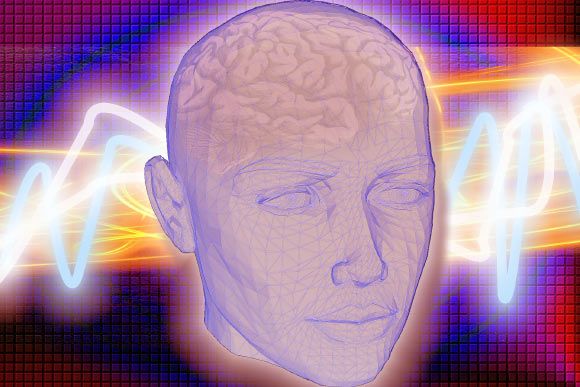
A team of researchers at Columbia University has developed a speech brain-computer interface system that translates brain signals into intelligible, recognizable speech. By monitoring someone’s brain activity, the system can reconstruct the words a person hears with unprecedented clarity. The breakthrough, reported in the journal Scientific Reports, could lead to new ways for computers to communicate directly with the brain, and lays the groundwork for helping people who cannot speak.
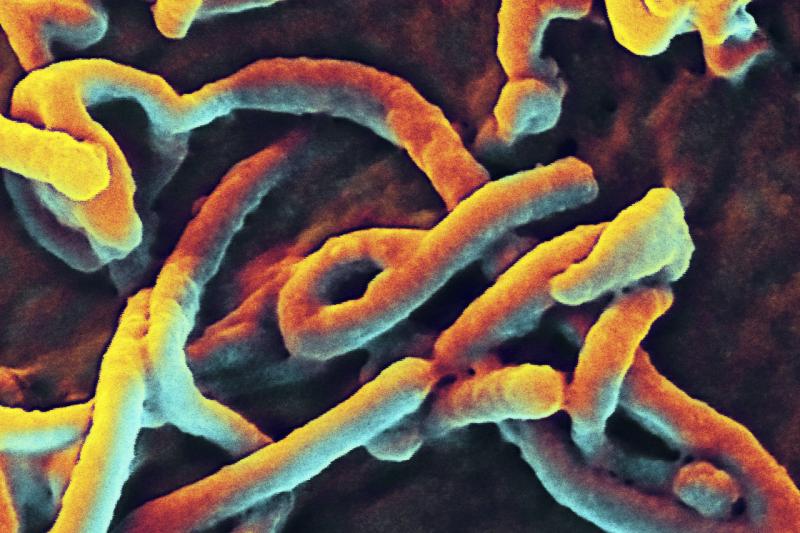
Jan. 10 (UPI) — Scientists have developed a single dose treatment that has shown promise for combating all forms of the Ebola virus, a study says.
The new medication successfully blocked a strain of the deadly virus in nonhuman primates and ferrets, according to a study published Thursday in the journal Cell Host & Microbe.
The drug, a two-antibody combination called MBP134, was successful against several strains of Ebola, including the Zaire strain behind the current months-long outbreak in the Democratic Republic of Congo.

Hansen’s disease, which is commonly known as leprosy, is among the leading causes of non-traumatic, peripheral neuropathies around the world.
The World Health Organization (WHO) initiated its ‘Leprosy Elimination Project’ during the 1980s with great results, curing more than 14 million cases.
Leprosy is caused by Mycobacterium leprae, with the infection progressing to cause disfiguration of the skin and mucous membranes, as well as progressive and irreversible nerve damage.

Last year, Microsoft Corp.’s Azure security team detected suspicious activity in the cloud computing usage of a large retailer: One of the company’s administrators, who usually logs on from New York, was trying to gain entry from Romania. And no, the admin wasn’t on vacation. A hacker had broken in.
Microsoft quickly alerted its customer, and the attack was foiled before the intruder got too far.
Chalk one up to a new generation of artificially intelligent software that adapts to hackers’ constantly evolving tactics. Microsoft, Alphabet Inc.’s Google, Amazon.com Inc. and various startups are moving away from solely using older “rules-based” technology designed to respond to specific kinds of intrusion and deploying machine-learning algorithms that crunch massive amounts of data on logins, behavior and previous attacks to ferret out and stop hackers.
Illinois researchers have introduced a new cutting-edge reusable adhesive that activates in seconds, works underwater, and is strong enough to deadlift 11 pounds: shape memory polymers (SMPs).
The team—associate professor in mechanical science and engineering Seok Kim, graduate student Jun Kyu Park, and former graduate student Jeffrey D. Eisenhaure (Ph. D. ME ‘17, now with Northrop Grumman)—has proved that SMPs can retain dry adhesion properties while submerged. Their study, “Reversible underwater dry adhesion of a shape memory polymer,” was recently published by the scientific journal Advanced Materials Interfaces.
Classified as a smart material, SMPs have the ability to manually transition between their original state and a deformed state. By manipulating the state of their SMPs, Kim and his team achieved successful adhesion to surfaces submerged in water as well as other liquid media such as oil.
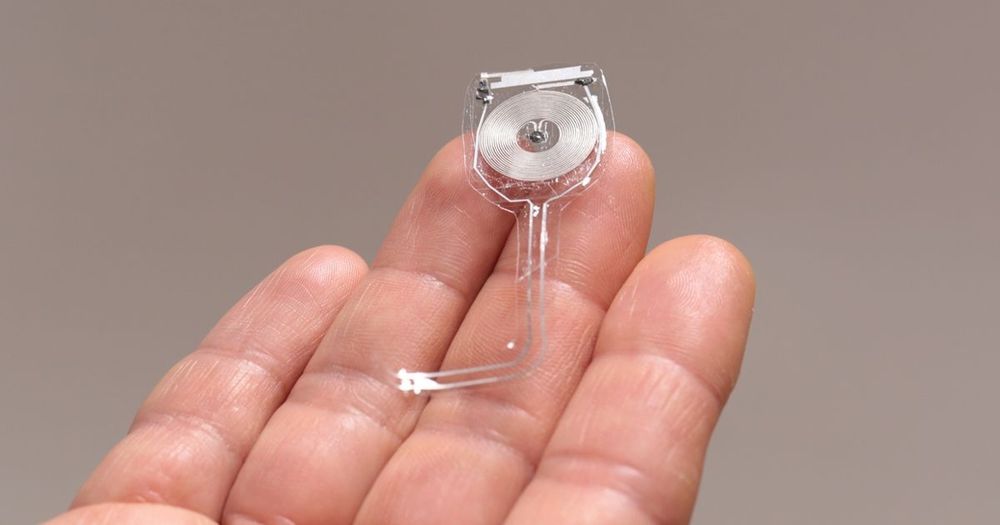
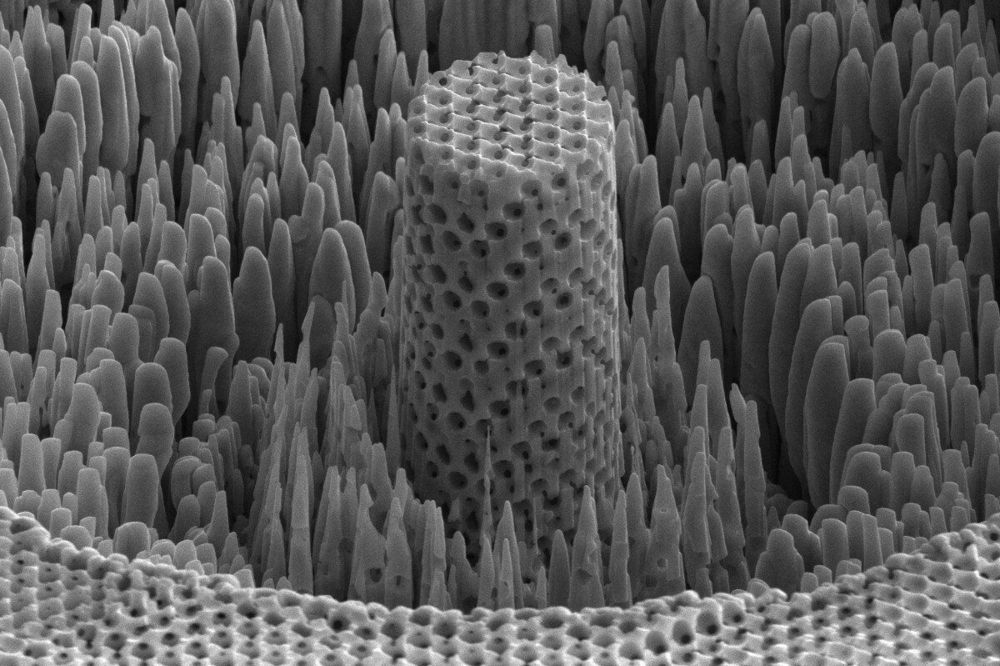
High-performance golf clubs and airplane wings are made out of titanium, which is as strong as steel but about twice as light. These properties depend on the way a metal’s atoms are stacked, but random defects that arise in the manufacturing process mean that these materials are only a fraction as strong as they could theoretically be. An architect, working on the scale of individual atoms, could design and build new materials that have even better strength-to-weight ratios.
In a new study published in Nature Scientific Reports, researchers at the University of Pennsylvania’s School of Engineering and Applied Science, the University of Illinois at Urbana-Champaign, and the University of Cambridge have done just that. They have built a sheet of nickel with nanoscale pores that make it as strong as titanium but four to five times lighter.
The empty space of the pores, and the self-assembly process in which they’re made, make the porous metal akin to a natural material, such as wood.
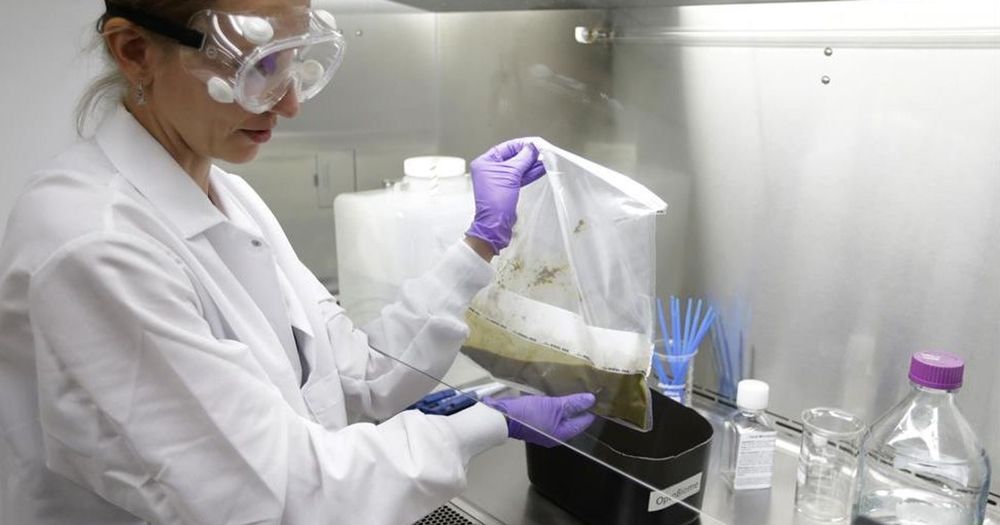
Behold the new black gold. Dark and warm, it oozes water and teems with beneficial properties. It even harbors precious metals.
And boy does it stink.
Call it the excrement economy. Between the rise of fecal transplants and water strained from latrine sludge, the poop market is hot. Besides removing toxic waste, the commodification of crap could mean big bucks, especially in the developing world. Sounds crazy, but look at what happened with used cooking oil — now processed into biofuel instead of dumped into landfills — which went from being worth nothing in the early 2000s to $3.30 a gallon in 2011, according to the Utah Biodiesel Supply.
